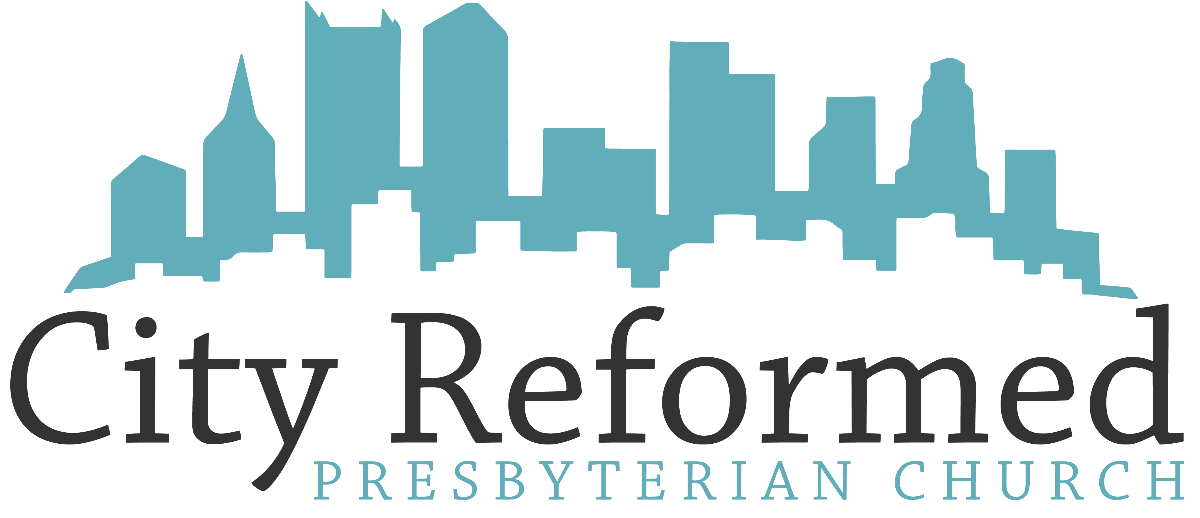Text: Rev 7:1-8
Parallel Text: Eph 1:13-14 In him you also, when you heard the word of truth, the gospel of your salvation, and believed in him, were sealed with the promised Holy Spirit, who is the guarantee of our inheritance until we acquire possession of it, to the praise of his glory.
Featured Verse: Rev 7:4 And I heard the number of the sealed, 144,000 from every tribe of the sons of Israel.
Main Idea: God seals his people with the Holy Spirit to preserve their faith in the midst of trials.
Analysis
It is not immediately clear how this passage relates to the others around it. Remembering that prophecy does not follow a linear trajectory of sequential events helps us to follow the actual flow of the argument. We finished the sixth seal yesterday, which ended with the question: The great day of the wrath of God (and of the Lamb) has come, who can stand? The vision of God’s people being sealed on their foreheads (7:3) is meant to show protection for God’s people in the midst of the judgment of God. This vision is therefore not something that happens sequentially after the six seals. Instead it is an answer to the question about who can stand in God’s judgment.
We begin by seeing four angels holding back the four winds. It may be the four winds are meant to be connected with the four horsemen of 6:1-8. The picture is one of protection. The background imagery is taken from Ezekiel 9:4-6 in which the OT prophet sees God sealing his faithful followers for protection prior to the invasion of Babylon and the fall of Jerusalem. In that vision, those that resist idolatry are sealed for protection. We know from the rest of Revelation that the followers of Jesus are not protected from all physical harm. Instead, they are called to follow Jesus in the way of the cross. They are celebrated as “those who do not love their lives unto death.” (Rev 12:11) The naming of the 12 tribes reminds us of the OT origins of the Church. Like most numbers in Revelation it makes the most sense to think of the number 144,000 as being the combination of several symbols. Later in the book, the 12 tribes and the 12 apostles together are portrayed as being foundational in the renewed city of God. (21:12-14) Rather than refer to a literal number of people, it seems best to regard this as a symbolic way of representing the people of God in their completeness. (12 OT tribes x 12 NT apostles x a “complete” 1000 = 144,000.) As we will see tomorrow, the surrounding context of this passage further supports this interpretation.
Conclusion and Application
In this vision, John sees spiritual protection for the church in the face of various trials. We saw a picture of suffering during the church age as the four horsemen brought death and destruction to the world. We also saw a picture of the final judgment and heard the question, who can stand? The answer is that God seals his people so that they can endure suffering in this age and so that they can stand in the day of judgment. Other parts of the NT speak of God’s people as being sealed with the Holy Spirit. (Eph 1:13-14, 2 Cor 1:22) Baptism is a picture of this sealing. It shows that we belong to God and that his Spirit is active in everyone who calls on the name of Jesus. As we face difficulties now, and recognize the reality of coming face to face with God after death we take comfort in God’s gracious salvation. All who are in Christ are spiritually protected by God himself.
When the judgments of God shake the world people respond in different ways. Humans that choose to cling to their independence are hardened by suffering. They may even blame God for their circumstances and entrench themselves in their rebellion. But God’s grace empowers his people to respond differently. Those same trials which harden the unrepentant can be used by God to refine the faith of his followers. (James 1:1-2, 1 Pet 1:7)
